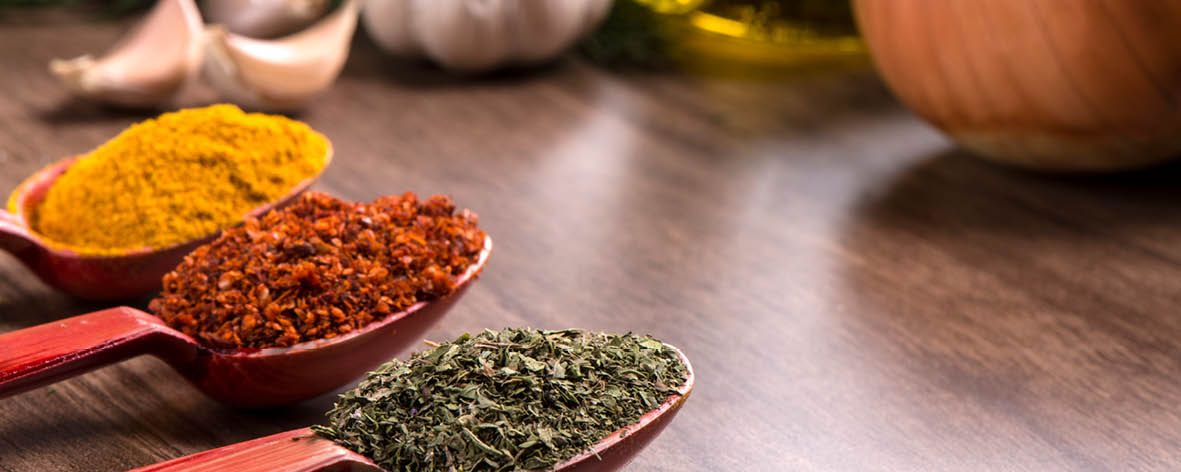All you need to know about … dried herbs

Herbs are a fantastic way to add flavour to your food and are an integral component of many recipes. Like all fresh produce, herbs have a season and there are times when fresh herbs may not be available. So is it ok to use dried herbs when fresh aren’t available? And what’s the difference anyway? Read on for all you need to know about cooking with dried herbs.
Fresh herbs have a high water content so when they are dried, the flavour becomes more concentrated. This means that when you are substituting dried leafy herbs such as sage or rosemary for fresh you only need to use about one-third of the amount. For ground herbs such as oregano use about half the amount and for things like garlic, ginger, onion and turmeric check out or chart below for the best substitution quantities:
|
|
Garlic |
Use ½ teaspoon garlic powder per clove of fresh garlic |
|
|
Onion |
Use 1 teaspoon of onion powder per medium fresh onion |
|
|
Turmeric |
Use ¼ teaspoon dried ground turmeric per 1 teaspoon of grated fresh turmeric |
|
|
Ginger |
Use ¼ teaspoon dried ground ginger per 1 teaspoon of grated fresh ginger |
To get the best results from dried herbs, it is best to use them in foods that are cooked rather than raw foods, think soups, stews, sauces, casseroles and rubs rather than salads. Add dried herbs at the beginning of cooking to allow the flavours to infuse their way into the dish and try rubbing dried herbs between the palms of your hands to release their flavour and aroma. Keep dried herbs in airtight containers away from direct sunlight and replace them each year.





